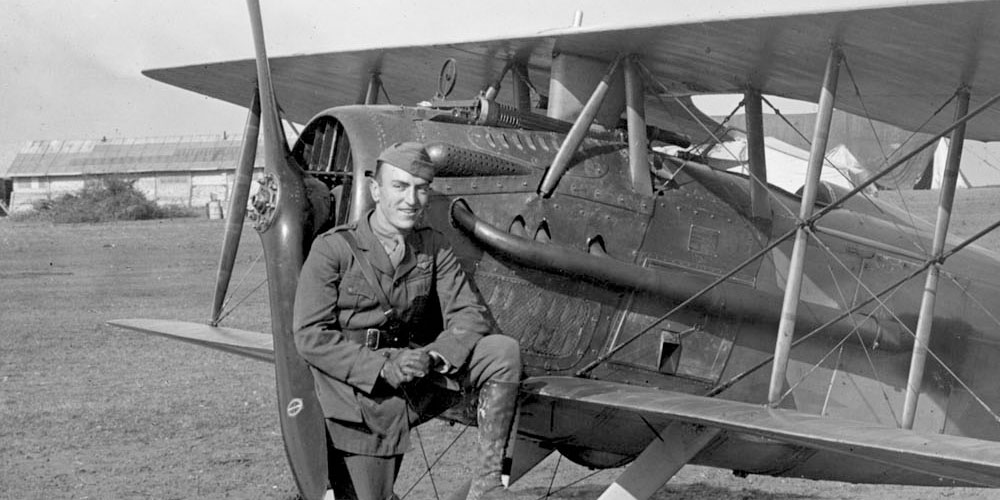
| « Previous | All topics | Next » |
Birth of an Army: Spring 1918American Aviation: The U.S. Army Air Service
The first U.S. aviation squadron entered combat in February 1918, manned mostly by pilots who had previously volunteered with the French. American-trained squadrons soon joined the fighting, and on May 24, the Air Service of the U.S. Army was officially formed.
Most American aviators flew French planes, since U.S. aircraft production was still ramping up. Training was hazardous, causing twice as many deaths as combat. In addition, brand new U.S. pilots faced experienced German foes, resulting in heavy early losses.
Despite these challenges, American pilots steadily improved. 71 pilots shot down at least five aircraft, earning “ace” status. Former race car driver Eddie Rickenbacker led all Americans with 26 victories. U.S. aviation helped beat back the German Spring Offensives, and helped control the skies in the final Allied offensives of the war.
| « Trial by Fire: Holding the line and counterattacking | All topics | Devil Dogs: The U.S. Marine Corps » |
Featured links:

WWI Aviation History Timeline
A comprehensive timeline of the early years of warfare aviation. | U.S. World War One Centennial Commission
Lessons/resources

Search the National WWI Museum & Memorial Resource Database
More resources/lessons
» The Age of Propellers: Design Exploration, 1914-18
Part of Quest for Performance: The Evolution of Modern Aircraft, by NASA.
» Aircraft of the WWI Era
Profiles of WWI-era (1910's) aircraft from the Museum of Flight's collection; includes images and development history.
» Impact of the First World War on Aircraft and Aerial Warfare
Detailed overview from the Imperial War Museum (UK) with images and artifacts. | Imperial War Museums (UK)
» Legend, Memory and the Great War in the Air
(Past Exhibition) Profiles of WWI aircraft, including details on technical development | National Air and Space Museum